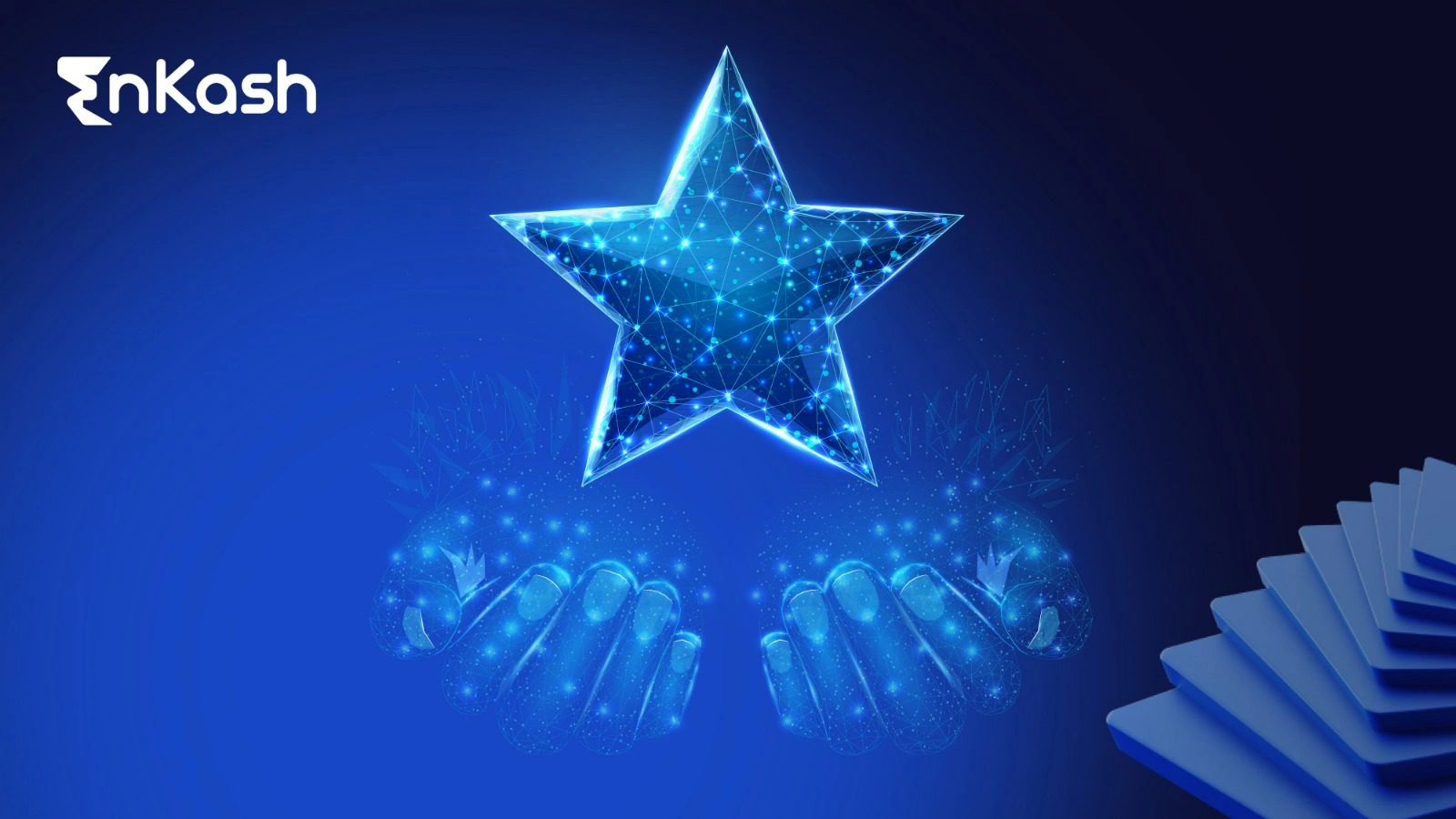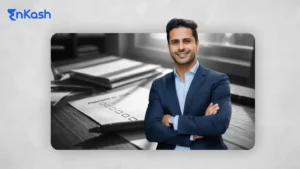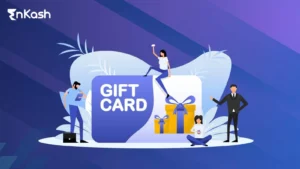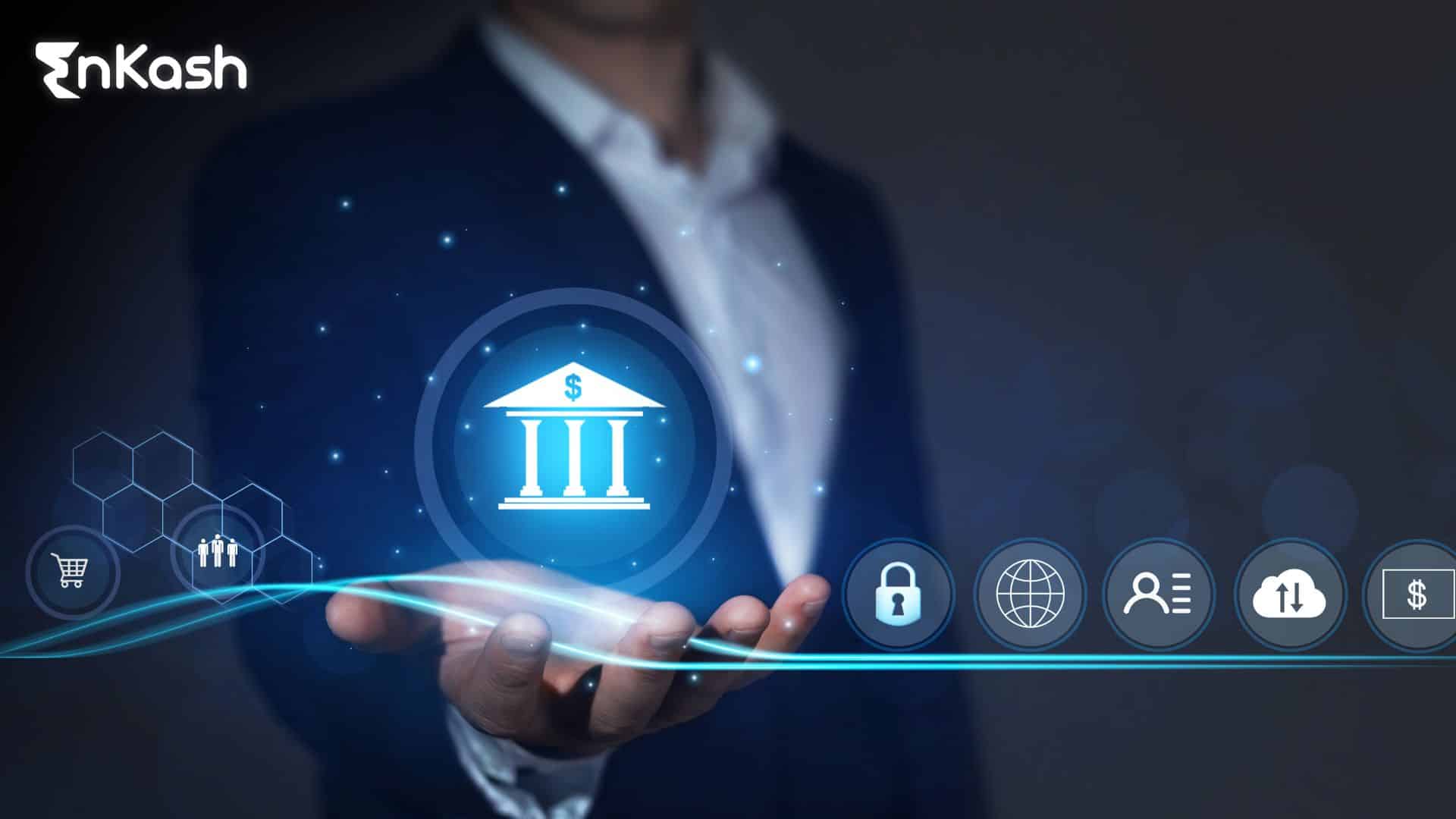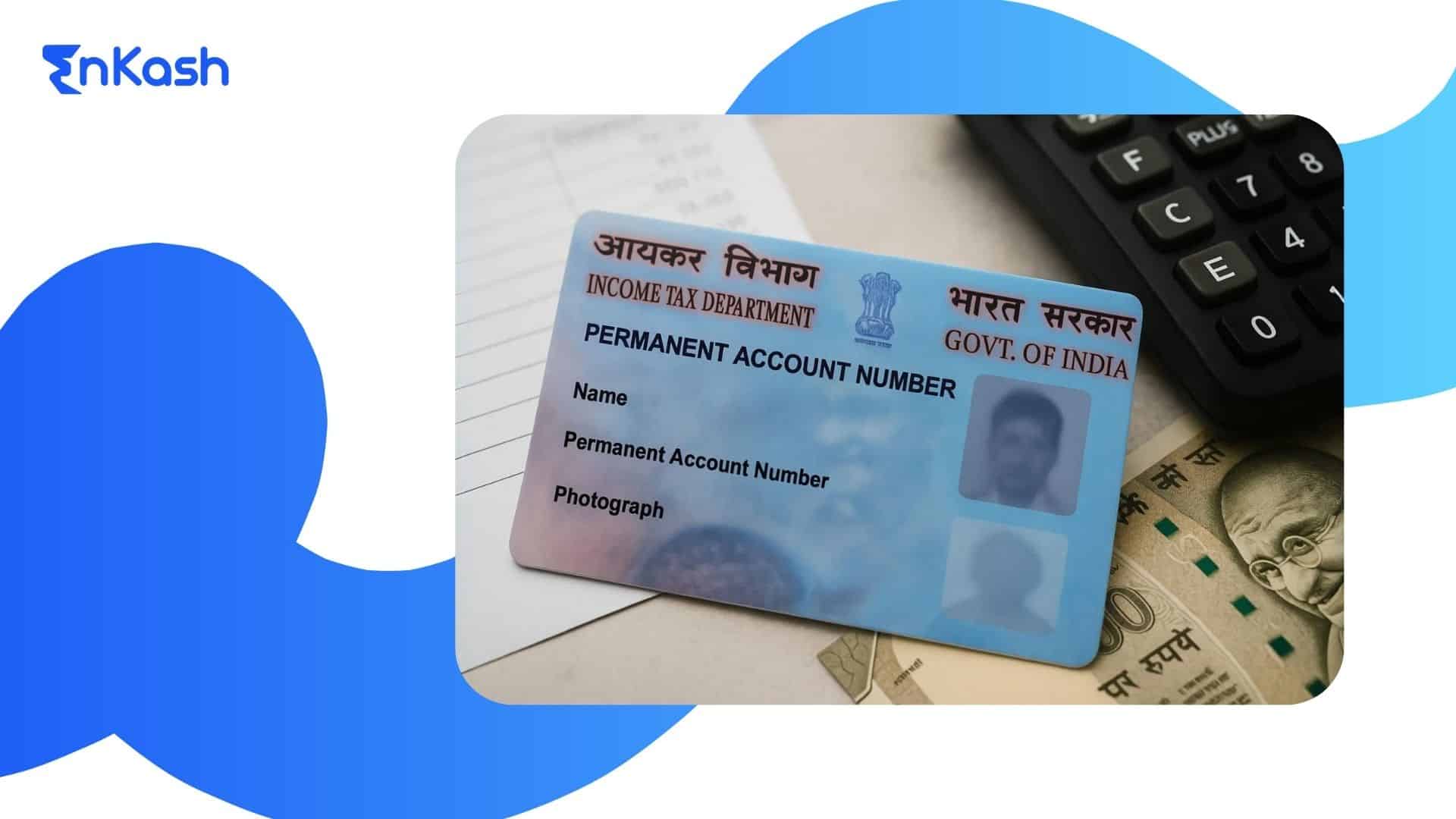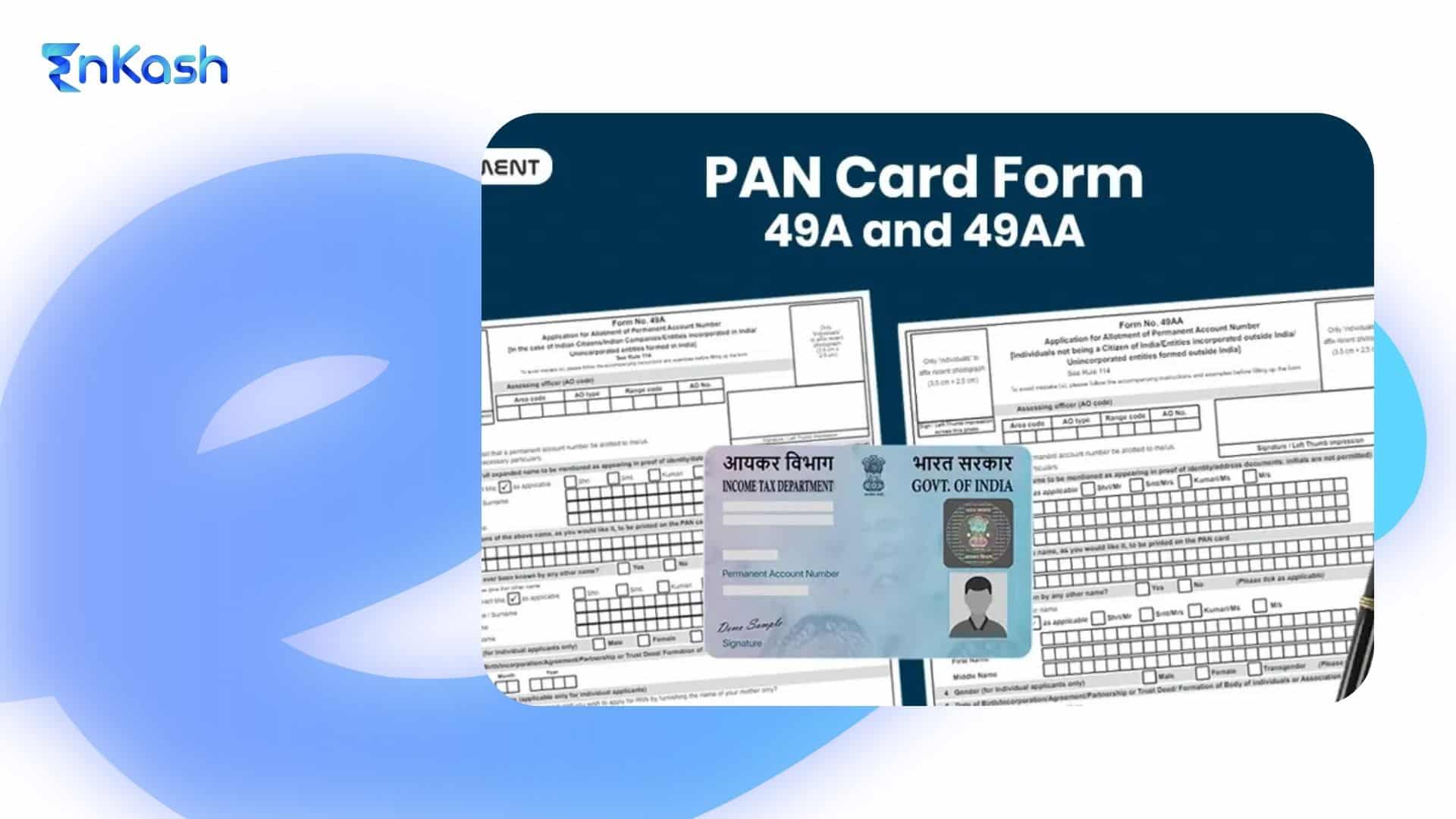Imagine a workplace where every employee is more productive and happy because they feel appreciated and valued for their work. This isn’t just a dream; it’s the reality companies can achieve through employee rewards and recognition (R&R) programs.
Let’s face it, employees are the backbone of any organization. Their dedication, innovation, and hard work drive progress and pave the path to success. So, wouldn’t it make sense to invest in their well-being and motivation? That’s where a well-crafted R&R program comes in.
A recognition and reward system for employees serves as a structured method for acknowledging the accomplishments and contributions of employees within a company. Typically, acknowledgment is shared internally, often on a designated platform, with associated points that can be exchanged for rewards. The primary aim of such a program is to enhance employee morale, elevate performance levels, and foster talent retention.
Why rewards and recognition matter?
Let’s face it, feeling appreciated at work is pretty darn important. Studies show that frequent recognition leads to:
Improved employee engagement: When employees feel appreciated, they’re more likely to be engaged and invested in their work. This translates to better performance, higher productivity, and lower turnover
Stronger company culture: Recognition fosters a sense of belonging, teamwork, and collaboration. It sets the tone for a positive and supportive work environment
Improved employee retention: Happy employees are less likely to leave. Investing in recognition shows your commitment to your team and helps you save your company time and money on recruitment
Clearer communication: By recognizing desired behaviors, you communicate your values and expectations to your team. This leads to better alignment and goal achievement
Attracts top talent: A strong recognition program shows potential employees you care about your people, making your company more appealing
The difference between recognition and rewards
Think of them as a tag team:
Recognition: Public or private praise, personalized messages, shoutouts during meetings, “caught doing good” moments. It’s all about affirming someone’s efforts and contributions
Rewards: Employee rewards examples are tangible tokens of appreciation, like gift cards, bonuses, travel experiences, or access to perks. They complement recognition by adding a material element
The sweet spot lies in combining both. Rewards provide a sense of achievement and value, while recognition reinforces positive behaviors and builds a sense of belonging.
Some examples of employee R&R programs
Some of the employee rewards examples include:
- Celebrating special occasions like birthdays and work anniversaries
- Highlighting employees through weekly or monthly spotlights
- Hosting fun games and events with rewards
- Recognizing individuals and teams for their accomplishments through events
- Celebrating festive occasions such as Diwali, Christmas, New Year, etc
How to get started with an employee rewards and recognition program
If you’re thinking about starting a recognition and reward system for employees, here are a few tips:
- Define your goals: What do you hope to achieve with your program?
- Get employee input: Ask your employees what they would like to see in a rewards and recognition program
- Choose the right rewards: Make sure your rewards are meaningful and relevant to your employees
- Communicate your program effectively: Let your employees know about your program and how they can participate
- Recognize employees regularly: Don’t wait for special occasions to recognize your employees
- Track your results: Measure the impact of your program and make adjustments as needed
What is an EnKash R&R platform?
EnKash offers a comprehensive Rewards and Recognition (RNR) platform that simplifies and streamlines the entire process. It goes beyond traditional reward systems by combining social recognition with personalized rewards. This means employees can not only receive public praise from colleagues and managers, but also redeem points earned through those recognitions for exciting rewards they actually want.
Beyond recognition, EnKash offers comprehensive program management
- Flexibility: Businesses can easily design and personalize their rewards programs to match their specific goals, including setting up different reward tiers, point structures, and redemption options.
- Bulk allocation: Employers can simultaneously allocate rewards to their employees in bulk, making this product ideal for large companies.
- Easy redemption: Upload employee data in bulk and send automated alerts for awarded points and redemption via WhatsApp, email, and SMS.
- Diverse redemption options: Choose from over 400 popular brands across various categories like Myntra, Amazon, Zomato, and Nykaa, ensuring there’s something for everyone.
- HRMS integration: Streamline user onboarding and reward allocation by seamlessly integrating with your existing HRMS platforms, eliminating manual processes.
- Open voucher function: Issue open vouchers on the dashboard and reward winners instantly by sharing QR codes via WhatsApp or email. These codes integrate with their login, allowing for immediate redemption.
- Real-time updates: Stay informed about redemption and account activity on a single dashboard, granting better oversight and control of your program.
Conclusion
Employee rewards and recognition programs are not just a nice-to-have; they’re essential for fostering a positive work culture and driving engagement. EnKash’s innovative R&R platform is designed to elevate your recognition strategy, making the process inclusive, interactive, and rewarding for every team member. Join us in creating a workplace where every achievement is celebrated, and every employee feels valued.
Ready to transform your workplace? Explore EnKash’s R&R platform today and experience the difference it can make.
FAQs
What is the relationship between reward and motivation?
Rewards can act as extrinsic motivators, reinforcing desired behaviors and increasing effort. But intrinsic motivation (enjoying the work itself) is also important. A balanced approach using both rewards and recognition is key.
What is the best method to measure the success of a Rewards & Recognition (R&R) program in an organisation?
- Track employee engagement surveys
- Monitor turnover rates
- Measure individual and team performance
- Analyze program participation and redemption data
- Collect employee feedback through surveys or focus groups
What are the differences between incentive, benefit, rewards, and recognition?
- Incentive: Short-term motivation for specific goals (e.g., sales commissions)
- Benefit: Ongoing financial or non-financial support (e.g., health insurance, vacation time)
- Reward: Tangible prize for achievement (e.g., gift card, bonus)
- Recognition: Acknowledgement of effort or contribution (e.g., praise, public shoutout)
What are the common mistakes to avoid while creating a R&R program?
- Generic, impersonal rewards
- Lack of communication and clarity
- Inconsistent recognition practices
- Focusing solely on monetary rewards
- Not measuring and adapting the program
How do you promote recognition in the workplace?
- Make it frequent and timely: Celebrate achievements as they happen
- Be specific and personalized: Acknowledge individual contributions and efforts
- Offer diverse options: Cater to different preferences and interests
Encourage peer-to-peer recognition: Foster a culture of appreciation among colleagues - Integrate with technology: Use platforms like EnKash to simplify the process

